Reading Body Language - Emotions
The burden of sensitivity and humanity can be far
heavier than most of us would ever imagine and yet
 |

|
 |
The burden of sensitivity and humanity can be far
heavier than most of us would ever imagine and yet
like everything else it can be approached with reason
Human emotions are no exception
By Juan SIlva @ertwro
Based on Professor Jane Gruber's course on "Human Emotion" © Yale University[1]
| Highlights: 1 → The Dark Side of Happiness: There's such a thing as too much of a good thing and proper display of emotions makes this evident. 2 → What is an Emotion? there are useful differences when comparing to other everyday terms on the subject. 3 → Eliciting Emotions: The scientific approach to elicit a qualitative and quantitative expression. 4 → Reading Emotions: The every day art and mastery of recognizing such expressions.

|
 [The work of Paul Ekman, as depicted in this picture of this Australian aboriginal man, shows how Emotions have universalities
[The work of Paul Ekman, as depicted in this picture of this Australian aboriginal man, shows how Emotions have universalitiesacross different cultures and how their expression holds remarkable conservation even among blind people.Here you can find the trainin
tools used from the atlas of emotions and other tools from his labto learn how to read basic emotions]
|
Out of the many approaches to emotion, this one can be used although not without training and in the future, A.I. software will be able to outperform modern experts.
The attentive look at tension at every movement reveal congruence if analyzed through the lens of the dimensional and discrete approach to emotions. At the moment we use scales like the FACS (Facial Action Coding System) or the more recent SPAFF (Specific Affect Coding System)[10]
others include the -sit up/forward, increase in vocal pitch and volume, laughter-.Laughter is one of the most indicative emotions. It can go into uncontrollable bursts. The same areas of the brain that compell you to take your hand off a hot stove also make you laugh without you being able to hide it.
|
 [The particular type of tension at each point in the movement is a preparation from one moment to the next one.
[The particular type of tension at each point in the movement is a preparation from one moment to the next one.More than a litterary excercise one can see the tention of and how is all a reaction to something else. Perceiving this is seeing the "gesture"]
 Eliciting Emotionst the moment the laboratory protocols for this study employ the compilation of techniques compiled in the Hand book of Emotion Elicitation and Assessment by James A coan and John J.B. Allen.[11]
The first type of measurement is reactivity - This is the type, magnitude and duration of responses in response to internal or external environment and have significance for personal goals.[12]- Second is regulation -This is the processes by which individuals influence which emotion they have, when they have them, and how they experience and express these emotions[13])-. Third is understanding - Knowldge about wheter we or other people are experiencing emotions-[12].
You can use different resources to evaluate this responses, one of them is film clips.[14] An example of this is the widely used Sarah Hughes recording of ther winning the olympic gold medal. After completing an impressive routine you can see her face, and with a camera you can see yourself probably smiling as a response to it.
In the lab setting you use more refined tool for direct measurement like the acoustic startle reflex , startle eyeblink modulation, directed facial action, or listening to music and singing (particularly useful in eliciting selfconcious emotions).
|
 |
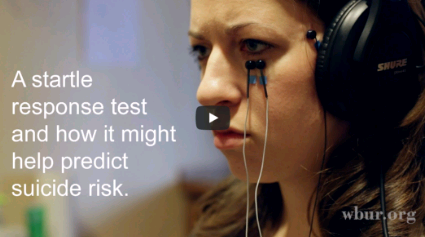
|
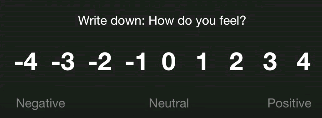 |
 A somatic response 500ms in duration as response to a loud stimulus whose response varies among individuals)[15] A somatic response 500ms in duration as response to a loud stimulus whose response varies among individuals)[15] |
 The duration and amplitude of an automatic eyeblink reveals: The duration and amplitude of an automatic eyeblink reveals:Large eyeblink=Negative emotion (e.g. Anxious, fearful, manipulative) Smaller Eyeblink=Positive Emotion (e.g. relaxed, smily)[16] |
 Use a piece of paper and a pen. Use a piece of paper and a pen.1. Pull the corners of your mouth downward 2. Raise eyebrows up and pull them together Squint your eyes slightly, hold for 10 seconds Does this elicit any emotion? if so in a scale of -4 to +4 how did you feel?[10] |
 Reading Emotions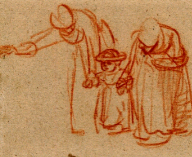 
walking with two adults. pay attention to the curves and to the straight lines what emotion do they elicit?
That quote is not about body language. Is about drawing. In order to pick the appropiate details of what constitutes an image. A person learning to draw needs to retrain their eye to pick the gesture, the foundamental emotive message in a drawing. Artists need to learn not only to see but to observe. This is true of any field that requires expertise. The fact that some fields deal with subjects experienced daily gives rise to misconceptions of false skill (dunning-kruger effect). The work of a scientist is identifying such prejidiced views and to challenge them.
A full scope on every single detail would require several posts but we can give generalities and give resources for exploration.
    Normally you wouldn't pay attention to the unnatural tension in his body axis, or how his eyelids are midclose while the eyebrows are raised and joined. Try to do that gesture yourself. See the tension it requires. Now grade your feeling in a scale from -4 to +4 in the two dimensions: 1 Arousal-depresion 2: Pleasant unpleasant Normally you wouldn't pay attention to the unnatural tension in his body axis, or how his eyelids are midclose while the eyebrows are raised and joined. Try to do that gesture yourself. See the tension it requires. Now grade your feeling in a scale from -4 to +4 in the two dimensions: 1 Arousal-depresion 2: Pleasant unpleasant   |
In this video on the Body language of the king of Spain during a speech addressing the situation of Catalunya. You can observe the reading description done by someone proficient in reading body language. Particularly interesting is how by using directed facial action -previously described- you find the latent rage. Is more than a fairly accurate reading in my opinion. You can easily check things people give for granted in the combination of concealed subtle movements of his face.
    That channel is a great resource. Of course the person in there has political views and viewer's discrecion is advised. One of the main ideas is how you need to check for many tells since not a single movement is reliable enough to give a hint to for instance, someone lying (a famous one is the idea of someone lying if they look up to the left, which would mean they are accessing their creative brain. Leaving out the fact that sometimes doing such a thing is part of natural articulation)
   By employing the scientific tools used in the research of emotion a person can see when someone is manipulating (excessive tension to stress emphasis, like putting your head down and looking up to give the puppy eyes, is more common than you would imagine) or when someone tells a sad story but doesn't emote. Even hiding or controlling your emotions have particular sets of movements like clenching your hands to control yourself of overspeaking or tightening you lips after finishing a controlled sentence.
You can't tell if someone is lying or not, but you can tell if they are being congruent. If their actions are excessive or lacking. If their body is rigid, they are comforting themselves or building a barrier with their hands.
   I would dare to say is a skill that helps you to improve your trust. As an extra layer, it doesn't make you a cynic. It shows you that bling empathy is dangerous and opens a path to compassion.
   |
REFERENCES:
[11] Coan, James & Allen, John. (2007). Handbook of Emotion Elicitation and Assessment.
[12] Robert W. Levenson. Emotion Elicitation With Neurological Patients. Chapter 10.


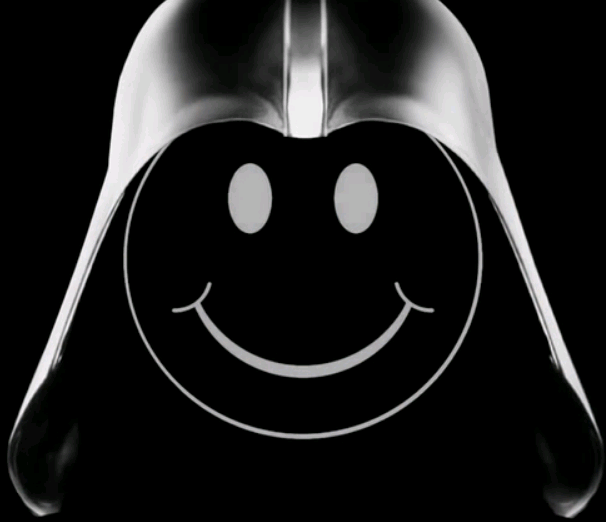
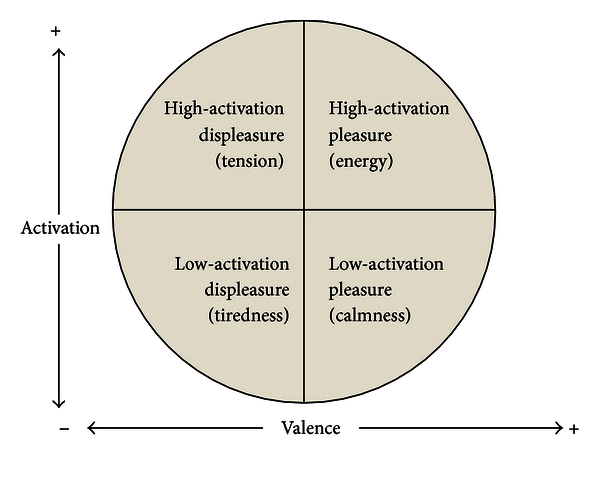


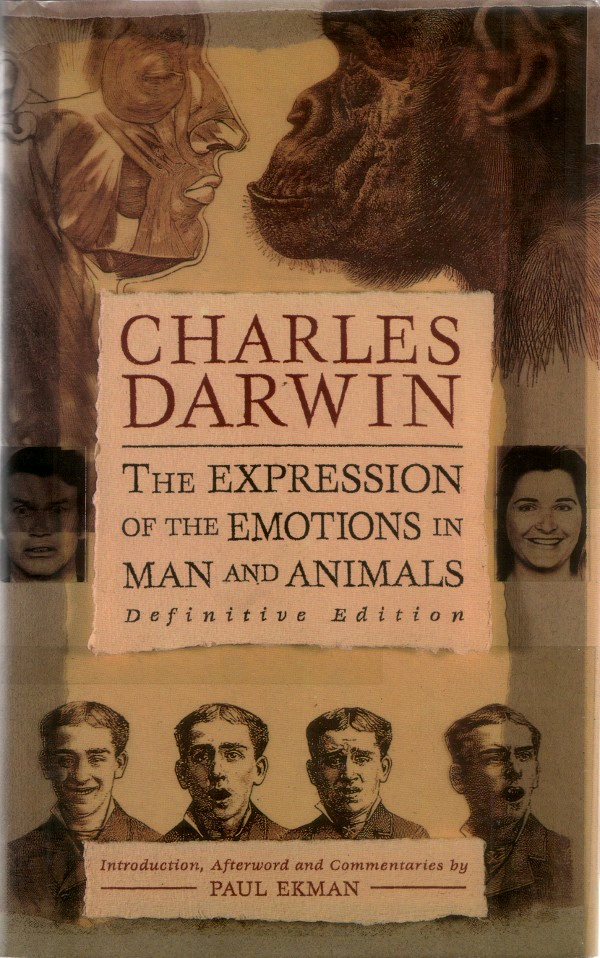
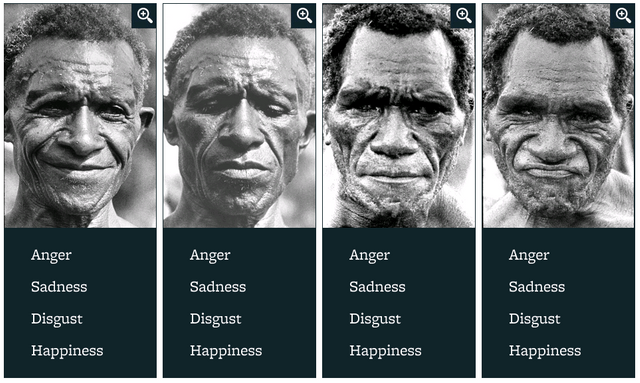


From the very first few lines and images, I wondered if it would be worth reading...
I have alwasy been fascinated by the reading of peoples' emotions through their body language. Of course, the face has an undeniable wholesomeness and your article really underlined it very well. I loved the working definition for what is an emotion too, it surely is in harmony with my understanding and experience of it as well.
tracking body language over the years allowed me to understand that these traits are present also in many other parts of the body, like a finger print on the movement, thus tracking the way someone walks or their foot print gives us such huge indication as to who they are.
Thanks a lot for this excellent article, namaste :)
namaste @eric-boucher
Made me realize how not trivial emotions are. Even defining what is emotion is very complex.
Indeed. Nothing is trivial at the scrutiny of science.
Really interesting! I should really start training those skills. Sometimes I feel that my facial expression and my body language are not congruent with what I feel. Thanks for your post!
I've been observing body language patterns with the two girls I am travelling with. We are traveling with very little money which mean often asking for places to sleep and rides from strangers. They definitely use these "puppy dog eyes" when explaining what we are looking for and why compared to direct and more confident eye contact when explaining the way we live to people we are not asking for things from
It is for this that I relate to what you say about congruency. Lab studies of emotions are very difficult because of the large gradient or reactions and intensities. It is for this that it is easier to understand the emotions of the people you are around daily. This is when you can notice the changes.
Thanks for the article. I definitely am putting their book by Charles Darwin on my to read list.
I write for people like you that might find something useful in it. Glad you enjoyed.
It's amazing how well the woman in the video observed that Spanish guy to explain his emotional traits.
This is some skill I should work on
I'm not 100% with all her positions on many subjects (particularly on political views) but that woman has serious skills. Her youtube Channel is pretty good. Is a great source of learning.
Bombards body language. Just subscribed it .
I always wanted to look at people face read thier minds just by thier expression.
She must be a psychologist?
Not sure, but appearently no.. In a couple of her videos she has said that it comes from leaving in an abusive family, so picking subtle social cues was a must. It could be.
The experts on reading body languages are Psychologist. But we can also read other peoples body language or facial expressions, we just need to be observant on how they react, the tone of their voice or their hand gestures and most of the time we will know if they're angry or happy or disappointed. And I believe this is very helpful in giving appropriate responses to other people, especially if we don't want to hurt their feelings.
Thank you for sharing this @ertwro ! Very educational video indeed! Resteemed!
Liked the Darkside of happiness part, I haven't heard a lot of people talking about it except for "anything too much is bad".
I truly love the depth in which you go to explain the emotional burden a lot of us are carrying , and how most people identify their emotions as the self,,but you touch some awesome points, great post my friend i followed and resteem
Importain of human life
Nice.com
hello friend @ertwro , Your information very important of human life.